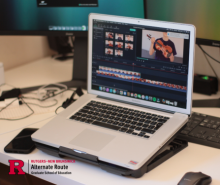9 Free Exciting Review Games For Middle and High School Students in Grades 6-12
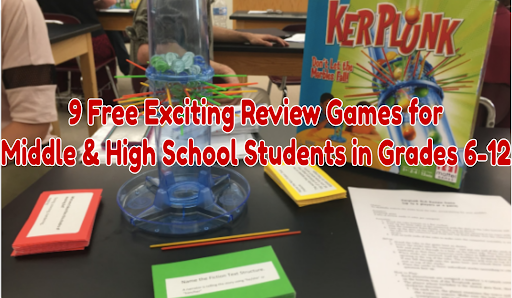
After Kindergarten it seems like playtime ends in schools. Worksheets and lectures become synonymous with learning, and going to school is no longer fun for many kids. For teachers, it's important to find ways to extend the excitement of learning beyond Kindergarten. Sure, some students do well with teacher-centered instructional methods and are able to ace tests and quizzes from listening to lectures and taking notes. But for a large number of students, these instructional methods result in forgetting. Lessons go in one ear and out the other if the content isn’t reinforced or used within a week, according to the Forgetting Curve. When these students take cumulative assessments, it appears they've retained hardly anything that's been taught. Why?
For students to excel on assessments weeks or months removed from the lesson, it's important that teachers shift from short-term memory tactics and find ways to make what they teach stick. To stimulate long-term memory, engage students with fun and challenging learning experiences. Make learning fun by reintroducing play in the classroom and incorporating games that reinforce content from lessons. This will help strengthen students' retention skills and increase their chances at excelling.
How do we know this? Research proves it! Gameplay has a positive function in learning, thanks to the ability of games to motivate and engage, with “winning” - or, retrieving the most retained information - the reward.
Fortunately for students of our new teachers, this important teaching detail has not been lost on those facilitating their learning. It appears our Rutgers Alternate Route teachers are on the right track and ensuring that every student’s experience in school is fun and interactive.
Below is a collection of unique games our teachers pieced together - with the challenge that they part ways with overused review formats like Jeopardy and Kahoot. Each game is customized for different subjects and grades but can be adapted for any content. Not to mention, most of them require no technology. These free, accessible games use exciting, fresh methods to encourage information recall.
Read on below to browse each teacher-designed game and access instructions.
Play on!
Questions
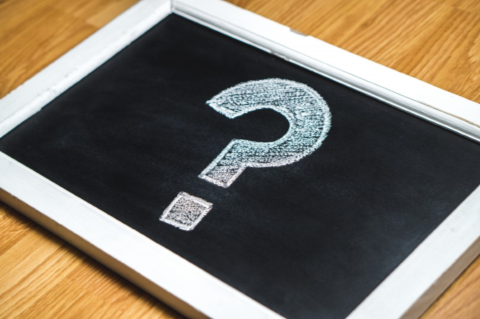
Applicable for any content area, Physics teacher Aleksandra Geiko designed the Questions games to revisit all areas of the kinematics module that were learned in the first and part of the second marking period.
Here’s How to Play:
Every group of four students gets a pack of questions at a different difficulty level. Students work on the pile, and when they get the answers, show them to the teacher. While the game is going on, the teacher should be recording group progress on the board. After students complete the first block of questions, they take another set of questions. The first group to cover all five areas and solve the most problems in the given time wins. Because sets have a different level of difficulty among them, it is highly possible that the winner is not the fastest group.
Radical Formula Maze
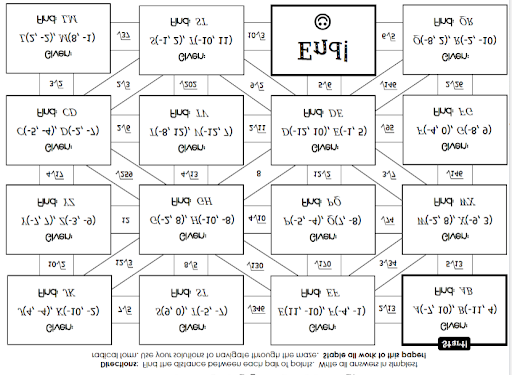
High school students in Adem Kose's Math classes deepen their understanding of the radical formula using the Radical Formula Maze game he created for them.
Here’s How to Play:
Find the distance between each pair of points. Write all answers in simplest radical form. Use your solutions to make your way through the maze. First to reach the end wins.
Wheel of Fortune
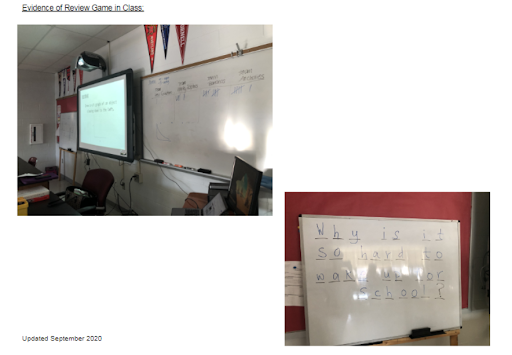
Jaslin Singh wanted to ensure her Physics students fully understood the motion of an object. Her Wheel of Fortune game did the trick, challenging them to practice what they learned in previous lessons about motion diagrams, x/t graphs, v/t graphs, calculations with equations, and more.
Here’s How to Play:
Students get into groups of 3-4 and decide their team names. A phrase is put up on the board to represent the topics, and a physics question is put up on the projector. During this time, teams discuss the answers. The first group will try to answer the first question, and the teacher will randomly choose one person at the table to answer the question. (So it is important to make sure everyone knows the answer and knows why as well.) If the group gets the correct answer, they receive one point and then can choose a letter for the phrase on the board. The number of times the letter is on the board is how many points they will receive, in addition to the one point for getting the answer correct. If the group gets the wrong answer, any other group can steal by raising their hands. If they steal, they also get one point and can choose a letter for the phrase. The next group (going clockwise) will answer the next question. As the game is played, if at any point a group believes they know the answer to the phrase, they can raise their hands and guess. If they get it correct, they will receive five points. If they get it incorrect, they lose three points. The team with the most points wins.
Heads up Game
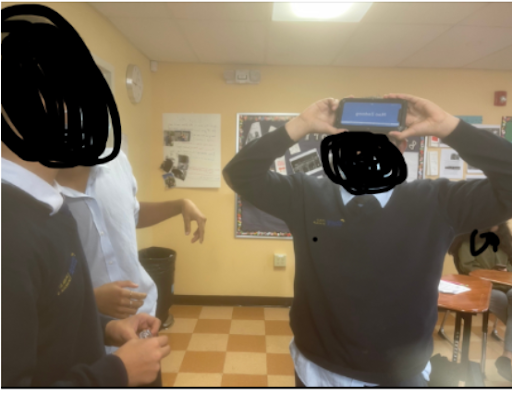
Remembering history facts and terms can be difficult for students. That's why Social Studies teacher James Vilardo plays Heads Up in his history classroom, creating a fun way for students to recall information and explain terms through definitions or examples.
Here’s How to Play:
Divide students into groups by having them draw a number between one and five. Students will first play the game with a group of the same number. For example, each student that drew the number one will form a group and play the initial round together. After that, students will rotate to a group with new people. The student will put the card (or in this case, the phone) up to their head, so they can’t see what the term is. The remaining students on their team will then read the card and try to explain the term without directly saying it. For example, if the term is “China,” students can say anything but “China,” requiring them to rely on what they’ve learned to help the guesser arrive at the correct answer.
Pumpkin Board Game
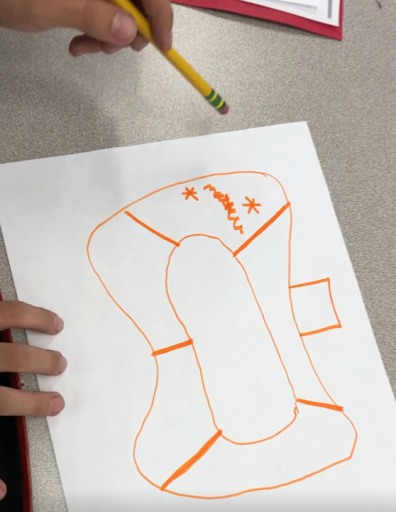
Students in Diego Badilla's Music class learn to identify musical elements while playing the Pumpkin Board Game. Students enhance their understanding of diverse aural prompts, such as rhythm, timbre, dynamics, form, and melody with this fun and interactive game.
Here’s How to Play:
Each student will draw a “pumpkin” board game with five slots around the pumpkin; the center “carved” of the pumpkin is not a valid slot for the game. One of the slots will have the student’s name, which is the end and goal of the board game. The students will pick one of the slots to start singing “Pass The Broomstick” song, while keeping a steady beat, including the two rests of the song. The last beat of the song should end over the student’s name slot. If the student doesn’t win the game, they can start the game again from a different slot, until they find the winning starting position that will make them land over their name and win. This board game is a pandemic version of the “Pass The Stick” game, where the students pass a stick while singing the song and the last person that holds the stick will be out of the game.
Geography Game

Teaching World Languages involves helping students learn new vocabulary, expanding their knowledge of geography, and more. The geography game French teacher Mia Stuart uses helps students learn masculine and feminine nationalities of several countries.
Here’s How to Play:
To play the game, first divide the class into five teams of 5-6 students on each team. Then, hand out whiteboards to each team. Next, the teacher projects a map on the board (either Europe, North America and the Caribbean, Africa or Asia). Then, ask students for the nationality of a person who is from a specific country. All teammates must agree with each other to write an answer on the white board, which students then show. The team with the most correct answers and points wins.
Numero!
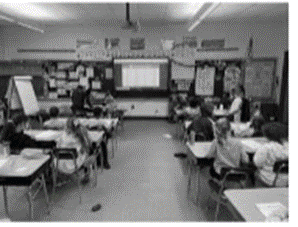
The game Carlos Cruz plays with his Spanish students develops listening skills, and word recognition, a staple in any language classroom. He used the game most recently to review Spanish number recognition and pronunciation.
Here’s How to Play:
Familiarity with Spanish numbers is a prerequisite for the game. Divide the board into small boxes and label them as random numbers that the teacher will determine for the students. As the teacher calls out the numbers in Spanish, students should mark those numbers if they appear on their board. Five in a row on the board would result in a win.
Art Memory Matching
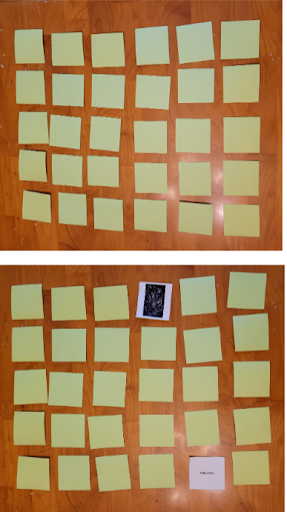
Intended to help students with memorization of key facts for Art I, Shushana Rucker's Art Memory Matching game requires students to remember which words go with which images. It advances both academic language and art appreciation.
Here’s How to Play:
The objective of this review game is to compete to have the most pairs of cards at the end. Cards are shuffled each round and carefully placed face down in rows and columns. The students at the table roll a dice to determine who goes first, with the highest roll starting the game. At each turn, one player will turn over two cards, one at a time. If the cards match, the player will keep the pair of cards. When a player successfully matches two cards, they get another turn. When a player does not turn over two matching cards, they turn both cards back over and the game moves on to the next player’s turn. The best way to win this game is by being able to remember where each card is.The team with the most pairs at the end of the game wins.
51 Card Workout

In Alexa Aramburu's Physical Education class, students learn about health and fitness using the game 51 Card Workout. The game reinforces previously taught health content while having students do specific exercises with the appropriate number of repetitions.
Here’s How to Play: Each group has a deck of playing cards. All diamond cards are abdominal, all heart cards are cardiovascular, all spades are lower body, and all clubs are upper body. The students break up into groups and each person in the group takes turns picking a card. The card suit tells the group what muscle area they will need to focus on when picking their exercise and the number of the card will be how many reps they need to do for that exercise.
If you’re considering following your dream of teaching, Rutgers Alternate Route can offer you the support and training you need to succeed. Be sure to follow Rutgers Alternate Route on Twitter and sign up for Alternate Route’s monthly newsletter for more information and stories from the field of education.

 Heather Ngoma has over 25 years of experience collaborating with educators across New Jersey to drive education innovation. She currently serves as the Director of the Rutgers-GSE Alternate Route Program in the Department of Learning and Teaching, a program which helps career changers, recent college graduates, and other aspiring education professionals become licensed teachers in New Jersey. Follow her on Twitter @heatherngoma.
Heather Ngoma has over 25 years of experience collaborating with educators across New Jersey to drive education innovation. She currently serves as the Director of the Rutgers-GSE Alternate Route Program in the Department of Learning and Teaching, a program which helps career changers, recent college graduates, and other aspiring education professionals become licensed teachers in New Jersey. Follow her on Twitter @heatherngoma.




